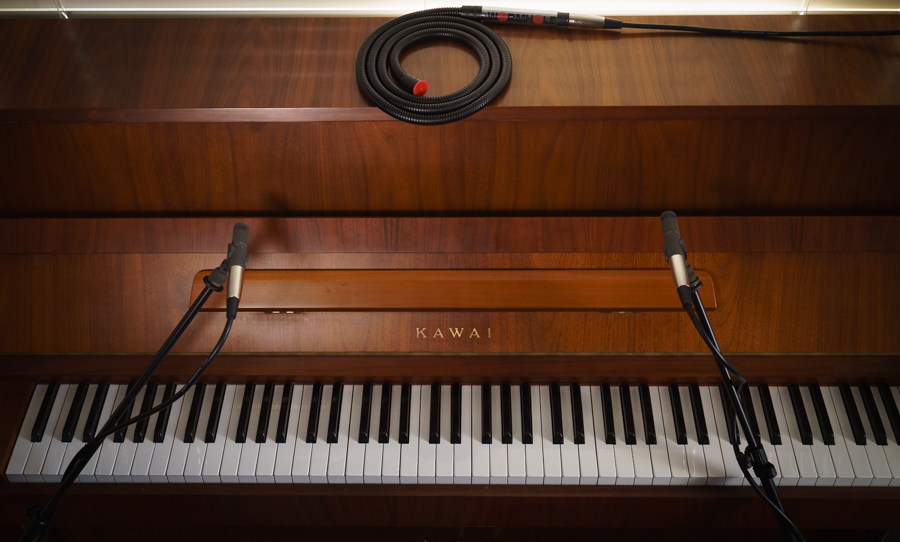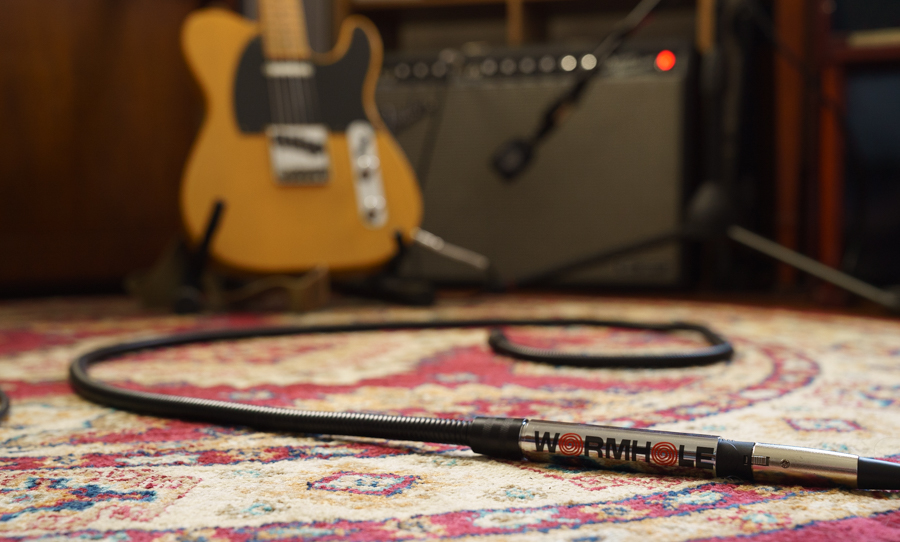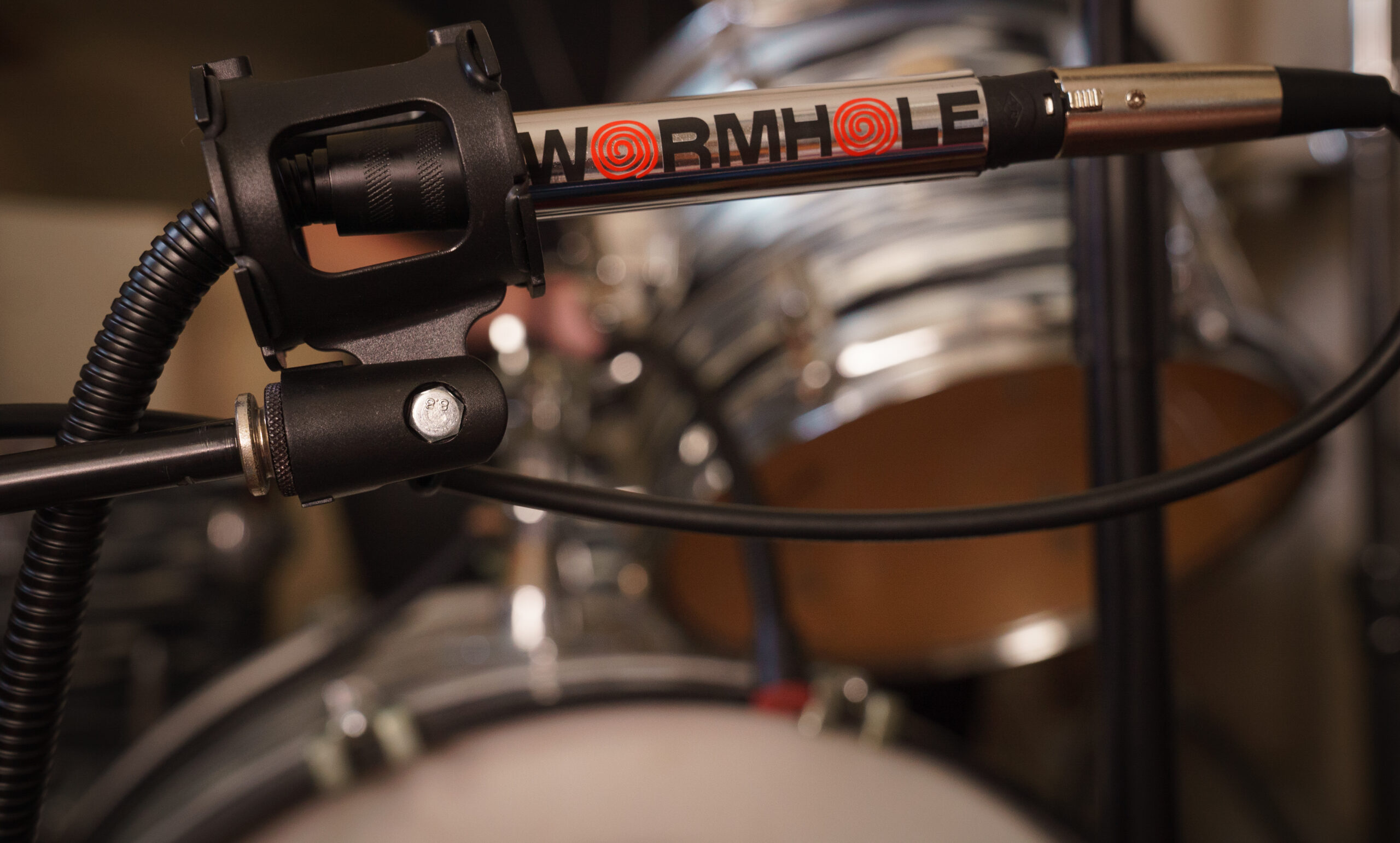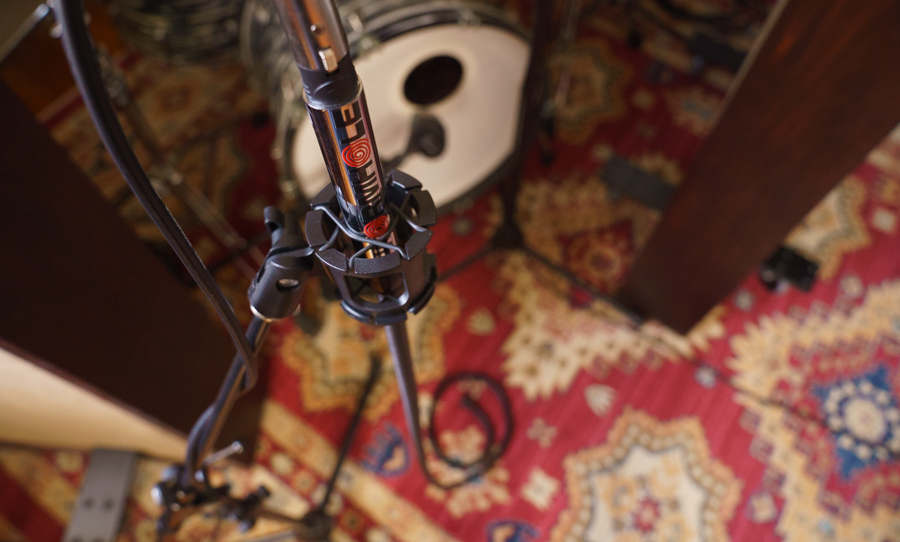Wanna get weird and creative with your recording? We reviewed this Wormhole low frequency microphone from Dr Alien Smith.
Back in the dark ages of recording (…the 1970s) a heavily used piece of outboard gear called the Cooper Time Cube had tubing inside which created a delay, and since then engineers like Sylvia Massy have experimented with tubing — AKA a hose, a funnel, and a vintage SM57 — to capture a different type of reverb.
To save you a trip to your local hardware store and expensive gaff tape to hold it all together, Dr Alien Smith has designed and made the Wormhole low frequency microphone. It’s a beautifully designed piece of kit with a condenser microphone inside a 1.8m hose that uses the same principals but focuses on capturing the low-end rumble of an instrument, and we have a chance to review it in the studio.

Dr Alien Smith embraces the weird and wonderful side of recording with the idea that you can record unique sounds without overcomplicating the setup. The Wormhole is just one example of getting more juicy low end in your production, and another is his Dirt Mic that sees a phantom power distortion circuit inside a Superlux D112 harmonica microphone.
The Wormhole low frequency microphone is a new design of an old concept, and it looks and works beautifully. The idea is that with its phantom powered electret condenser microphone — situated at the end of the 1.8m tube — you can wrap/lay/coil it around any source to capture low end sub frequencies, with the mids and highs being naturally rolled off.
For the first test, we laid the wormhole microphone over our Kawai upright piano in our studio — Noise Machines — and blended that in with a standard stereo setup. It gave the piano some real weight to the centre of the stereo image, whilst also not appearing in the centre too much.

The microphone itself is a cardioid polar pattern, but as it doesn’t have a body, the result is more of an omni polar pattern. If you’ve ever used a sub kick mic — inverting the polarity of a Yamaha NS10 speaker to transform it into a microphone — the wormhole microphone is similar in sound to that, but with the ability to capture more sources.
Given the resulting omni polar pattern and the design of the tube, you have to be careful to not let the tubing touch anything. It will pick up sound from a large area or from far away.
The next test was wrapping it around the drums and it was here that the Wormhole shined. Drums are one of the harder instruments to record, there’s so many considerations and techniques to recording this high output, high transient instrument — not to mention you have to understand phase!

By adding the Wormhole to a drum kit, you are given the unusual sound of low end, which adds weight to your drumkit — without having to synthesise it with a plugin, or carefully crafted props. Using minimal microphones of kick, snare and a mono overhead, the Wormhole added a very welcome extra dimension.
There’s lots of garden hose recording techniques you can find online — including creating a vocal slapback — but they will never be as well built and brilliantly as this Wormhole microphone. While Sylvia Massey’s technique focuses on a unique reverb effect, Dr Alien Smith has tweaked this design to focus on the low-end capture.
You might want to lay it on the ground near a guitar or bass amp or even coil it inside a piano (without touching the moving parts). You could even lay it on the ground while tracking a vocal!

The Wormhole low frequency microphone comes in at $200 AUD and is shipped with a protective case, a mic stand holder and 2 years of warranty. If you’re a fan of wacky instruments and inspired curiosity, definitely keep an eye on Dr Alien Smith.
For more details, head over to Draliensmith.com



